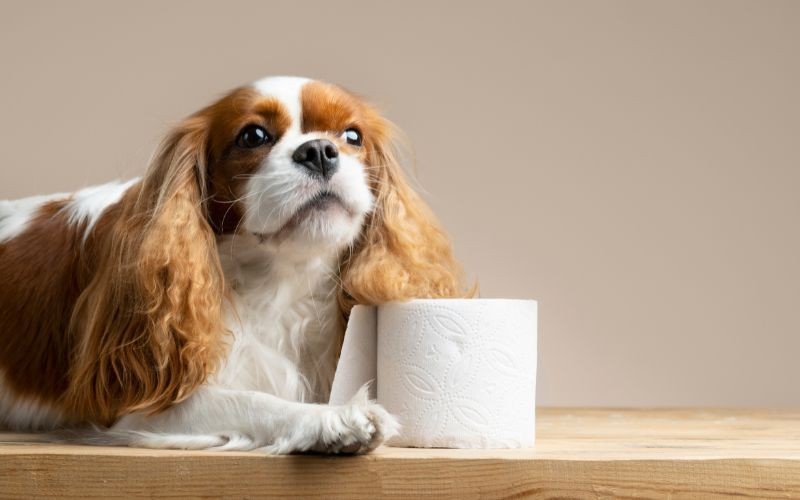
Understanding your dog’s poop color
As a pet parent, you are likely familiar with your dog’s bathroom behavior. But did you know that monitoring your pet’s stools can reveal important information on your pet’s internal health?Besides consistency, your dog’s stool can come in different colors, and these can indicate normal bowel activity, simple dietary changes, or even potential issues.
In this article, we'll explore the various poop colors your dog might produce and what they could mean for their health, and why it is important to install the habit of taking a quick peak at the stools before throwing them away.
What the ideal stool should look like
Before moving forward the different colors and their meaning, let’s have a quick look on what are the basic standards of a healthy poop:
- It should be brown.
- Solid, but a bit squishy, like clay.
- Proportionate to the amount of food eaten by the pet.
- Should leave little to no stains when picking up.
We hope it does. Now let’s dive deep in reviewing the main possible colors you may encounter.
Colors and Meanings
Brown - This color is considered the healthy standard for canine bowel movements, indicating a well-balanced diet and proper digestion. When your pup's poop is this color, you can rest assured that their gastrointestinal tract is functioning as it should.
Green - If you spot green-colored poop in your dog's waste, chances are that your pet may have eaten too much grass, or even certain green-hued foods, which can lead to this color variation in the poop. Observe your dog's behavior and if the green poop persists, consult your vet for peace of mind, as it may be caused by a more serious gall-bladder or liver disease.
Yellow - Yellowish dog poop could be a result of a swift passage of food through the digestive system. Common reasons for this color include stress, dietary changes, or a minor stomach upset. In most cases, the yellow color should resolve on its own. However, this color can also be a sign of more serious health concerns such as liver or biliary disease. If this color persists in your pet’s stool, a vet check-up is strongly advisable.
Orange - An orange tint in your dog's poop could be the result of consuming certain foods with orange pigments. However, if the color persists and is unrelated to their diet, it's essential to consult your vet. Unexplained orange poop might be indicative of underlying health concerns, such as liver or biliary or gallbladder issues.
Red - The presence of red or red streaks on your dog’s poop could be an indication of fresh blood in the stool. It might be caused by intestinal bleeding or ingestion of something that caused irritation or injury. This is a serious concern, and you should contact your vet without delay for a thorough examination and diagnosis.
Gray - Gray or pale-colored poop may suggest problems with the digestive system and in absorbing fats properly. Issues may arise from the dog's liver, pancreas, or gallbladder. Seek veterinary advice promptly to address potential health issues.
Black - Black poop in dogs could indicate the presence of digested blood in their stool. This could be a sign of bleeding in the upper gastrointestinal tract, which requires immediate attention. If you notice black poop, do not delay; seek veterinary advice immediately to determine the cause and appropriate treatment.
Monitor your pet’s stools easily
Understanding the significance of different colors of your dog’s stools can help you identify potential issues early on, ensuring your furry friend receives timely veterinary care when needed. Regular monitoring of your dog's poop, along with a well-balanced diet and routine vet check-ups, will contribute to their happy and healthy life. This can be accomplished easily with the help of the Farmina Genius APP and your Farmina Genius Consultant. Download it now, to easily monitor any changes to your dog’s stool conditions.
Find out more

